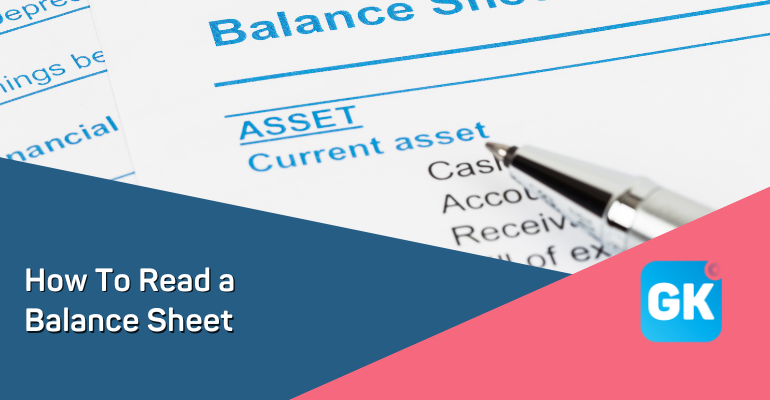How To Read a Balance Sheet

How To Read a Balance Sheet
Balance Sheet Equation:
The balance sheet adheres to the simple equation: Assets = Liabilities + Shareholders’ Equity. This formula ensures that the resources owned by the business are balanced against the claims of creditors and owners. Essentially, it reflects the net worth of the business.
Balance Sheet Format:
Importance of a Balance Sheet
- Financial Health: Investors, creditors, banks and stakeholders rely on balance sheets to assess the financial health of an organisation.
- Growth Measurement: They serve as a tool to measure a company’s growth. By comparing balance sheets from different years, analysts can track the company’s progress over time.
- Loan Requirement: A balance sheet is a crucial document required to secure business loans from banks or investors.
- Performance Evaluation: Balance sheets allow stakeholders to evaluate an organisation’s performance and liquidity position, providing essential information for decision-making
- Planning and Budgeting: They facilitate the planning of expansion projects and the budgeting of unforeseen expenses. Additionally, balance sheets reveal how a company secures its funding, whether through profits or debt.
Contact us:
For more information on balance sheets and financial analysis, feel free to reach out to us at Gallagher Keane. Our experts are here to assist you in understanding and utilising financial data to make informed decisions for your business.


